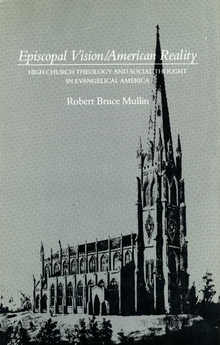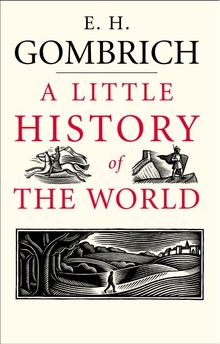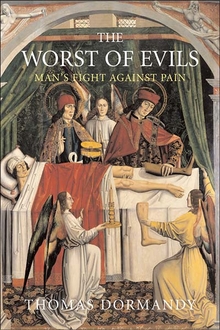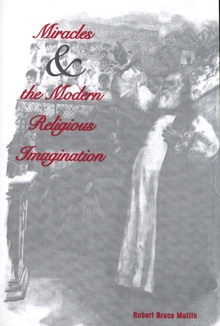Episcopal Vision / American Reality
WARNING
You are viewing an older version of the Yalebooks website. Please visit out new website with more updated information and a better user experience: https://www.yalebooks.com
High Church Theology and Social Thought in Evangelical America
Robert Bruce Mullin
The high church movement within the Episcopal Church was antithetical to both the intellectual and social worlds of antebellum America, for it challenged the underlying assumptions of evangelicalism and held itself aloof from reform impulses. This book by Robert Bruce Mullin—the first to study the high church movement from the context of nineteenth-century American culture—discusses how the spiritual descendents of those who harassed the Pilgrims out of England defined themselves in an America that was "the land of the Pilgrims' pride."
Mullin discusses the problems that faced the Episcopal Church after the American Revolution, analyzes the intellectual currents in Anglicanism of this period, and sketches the backgrounds of the chief individuals involved with the high church revival—in particular, John Henry Hobart, later bishop of New York. He shows how Hobart's theological and social-alternative synthesis, which called for a radical division between church and state, provoked controversy with evangelical Protestants on issues as diverse as theology, revivalism, temperance, and slavery. Tracing the history of the Episcopal Church from the early nineteenth century, when it was seen as an ark of refuge by critics of the "excesses" of evangelicalism, to 1870, when the antebellum high church synthesis had largely collapsed, Mullin explains its success and subsequent decline.
Mullin's examination of the high church movement not only sheds light on the reasons for the flourishing of this alternative social and intellectual vision but also helps to account for the general crisis that confronted all American religious communities at the end of the century. In addition, his reconstruction of the tension between high church Episcopalians and evangelical Protestants provides a new historical perspective from which to view the larger debate over the nature and direction of the antebellum nation.
"This important book deals with a critical and difficult time in the history of the Episcopal Church. . . . Mullin's skillful blending of historical and biographical narrative, cultural and social description, theological discourse, and telling and often witty examples make for a work both delightful and informative. . . . He has given us a valuable piece of scholarship."—John N. Wall, Assoc. Professor of English, North Carolina State University
"This book is logically organized, skillfully written, and well researched. It provides a significant new look at the formulation of Episcopal thought in antebellum America."—Jack W. Traylor, History
"A worthy effort."—Journal of American History
"Closely argued and carefully crafted study. . . . The author is especially successful in blending internal church history with transdenominational issues, so that the development of religious thought is placed in the broader context of antebellum culture." —Lawrence B. Goodheart, Journal of the Early Republic
"A significant contribution to Episcopal church historiography with this book on the rise and fall of the Hobartian high church movement of the nineteenth century. A solid, impressive accomplishment that anyone doing research in nineteenth-century Episcopal church history will ignore at his or her own peril."—David Hein, Historical Magazine of the Protestant Episcopal Church
"An absorbing study of the development of the Episcopal church in America."—William L. Sachs, Journal of Religion
"The book is convincing, engagingly written, and a worthy contribution to Episcopal church history."—Richard M. Spielmann, Anglican Theological Review
"A positive contribution to the field of American religious history."—Kathleen Flanagan, S.C., Catholic Historical Review
"Readers will find this volume not only replete with historical data and insightful vignettes but presented in an eminently readable prose."—John T. Ford, Religious Studies Review
"An elegant and insightful piece of scholarship."—New Oxford Review
"A well-crafted study of general importance."—Robert M. Bliss, Journal of American Studies
"Mullin has done an outstanding job of mining the sources and clearly explaining the Hobartian view and its importance for the Episcopal church. He has a particular gift in being able to explain complex theological issues in language understood by the nonspecialist. . . . A major contribution to Episcopal church history and a book that could be read profitably by the interested layperson as well as the church historian."—Suzanne B. Geissler,Church History
"A fresh exploration of the Anglican high church vision in the context of the American religious milieu of the antebellum period, c. 1800-1860, synthesizing internal denominational affairs with general religious history and making extensive use of original sources both in manuscript and in print. . . . [A] thorough and penetrating study."—J. Robert Wright, Journal of the American Academy of Religion
"This book constitutes a fresh exploration of the Anglican high church vision. . . . Thorough and penetrating study."—J. Robert Wright, Journal of the American Academy of Religion
ISBN: 9780300034875
Publication Date: September 10, 1986
Publication Date: September 10, 1986
254 pages, 6 1/8 x 9 1/4









